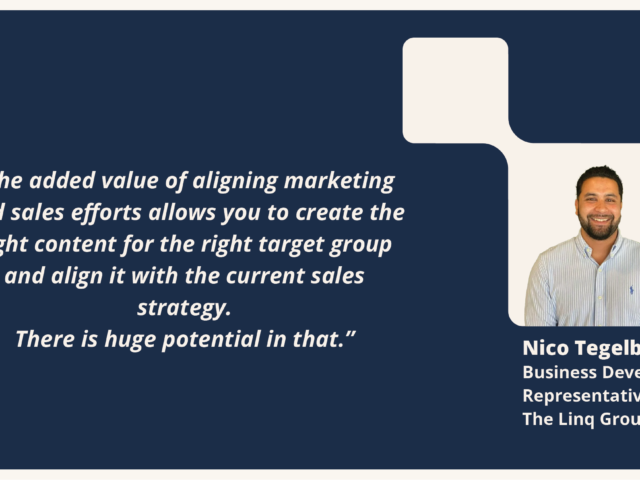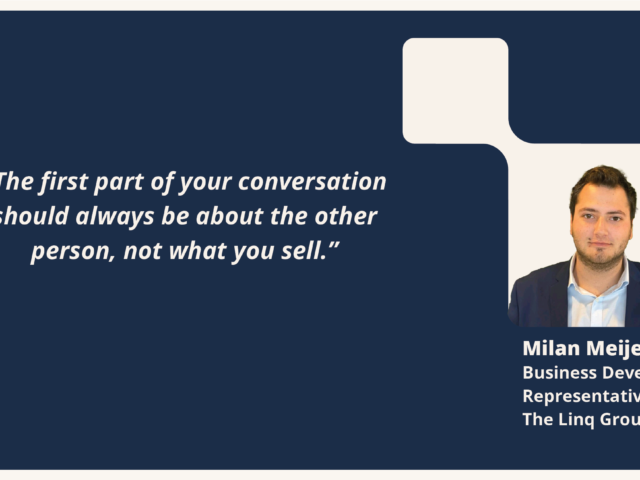How to Create a Memorable Personal Brand on LinkedIn

When we meet someone for the first time, we always want to put our best foot forward and make a good impression. Especially in our fast-paced world, making first interactions count is important to help us stand out, build a good reputation and achieve our goals. This applies to in-person meetings as well as our interactions online. In-person, we engage with people directly. Online, we often make a first impression passively through our profile, the content we share, and how we engage with others. In short, our personal brand.
And this is where LinkedIn comes in. LinkedIn is a powerful platform to create a strong personal brand, providing you with a number of benefits that will help to stand out from the rest. A well-defined online presence can give you a competitive edge, increase your visibility, and help you to establish yourself as a thought leader in your industry.
However, making a good first impression is no easy task. But we are here to help! On our website, we published a white paper on “Creating a memorable personal brand” that guides you step-by-step through this process.
Table of contents
- What is personal branding?
- What the data says about the effectiveness of personal brands
- How to get started
What is personal branding?
Jeff Bezos once said “Your brand is what people say about you when you’re not in the room” and this goes for personal brands too. When you create a personal brand you intentionally influence this conversation and shape it so it captures your unique personality. People’s perception of you is built on how you present yourself to others through different touchpoints like your personal profile and the content you publish.
A well-defined online presence can help you to distinguish yourself in a competitive market, boost your credibility and expand your network.
What the data says about the effectiveness of personal brands
Data-driven insights suggest that a personal brand can impact many different aspects like sales, recruiting, and reputation management. In fact, Sales Representatives who share content regularly are 45% more likely to exceed their goals.
Apart from that, customers are much more likely to trust other people online with strong personal brands, like content creators compared to corporations. So much so that, 84% of buyers no longer trust traditional advertising but are more likely to be persuaded by recommendations from other users.
Additionally, if you are on the hunt for a job, a good online presence can help you land more interviews and build a good reputation. 87% of recruiters state that they prefer LinkedIn to reach out to potential candidates. A well-structured profile also allows you to give companies a better understanding of your personality. This is important as 60% state that culture fit is one of the most important aspects when making a hiring decision.
How to get started
The process of personal branding on LinkedIn starts with understanding your audience, what content they like to consume, and showing your authentic self in your profile, posts, and interactions with others.
Your profile is like your company’s landing page. It can make or break your brand.
To build a successful LinkedIn profile, start by focusing on the following six key areas:
- Profile picture
Use a high-quality picture with 60% face coverage and maintain eye contact with the camera. - Header image
Pick a professional image that matches your interests and complements your company’s brand. - Headline
Create a value-centered headline with keywords that resonate with your target audience. - Informative text
In the About section, write a summary of 5-6 sentences describing who you are and what you do, and end with a call to action. - Featured section
Add any relevant links and documents, such as your company website, case studies, or posts you were featured in. - Experience
Provide a 2-3 sentence description for each role, your responsibilities, and your achievements.
Now, it’s time to get creative. By following these steps, you can create a strong personal brand that leverages professional opportunities and contributes to your success.
If you can’t wait to get started but want to have step-by-step guidance, you can find a detailed overview in our white paper.












